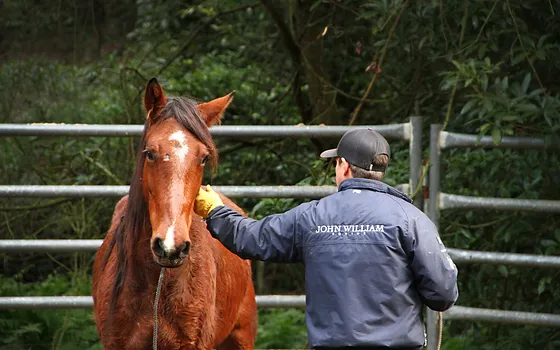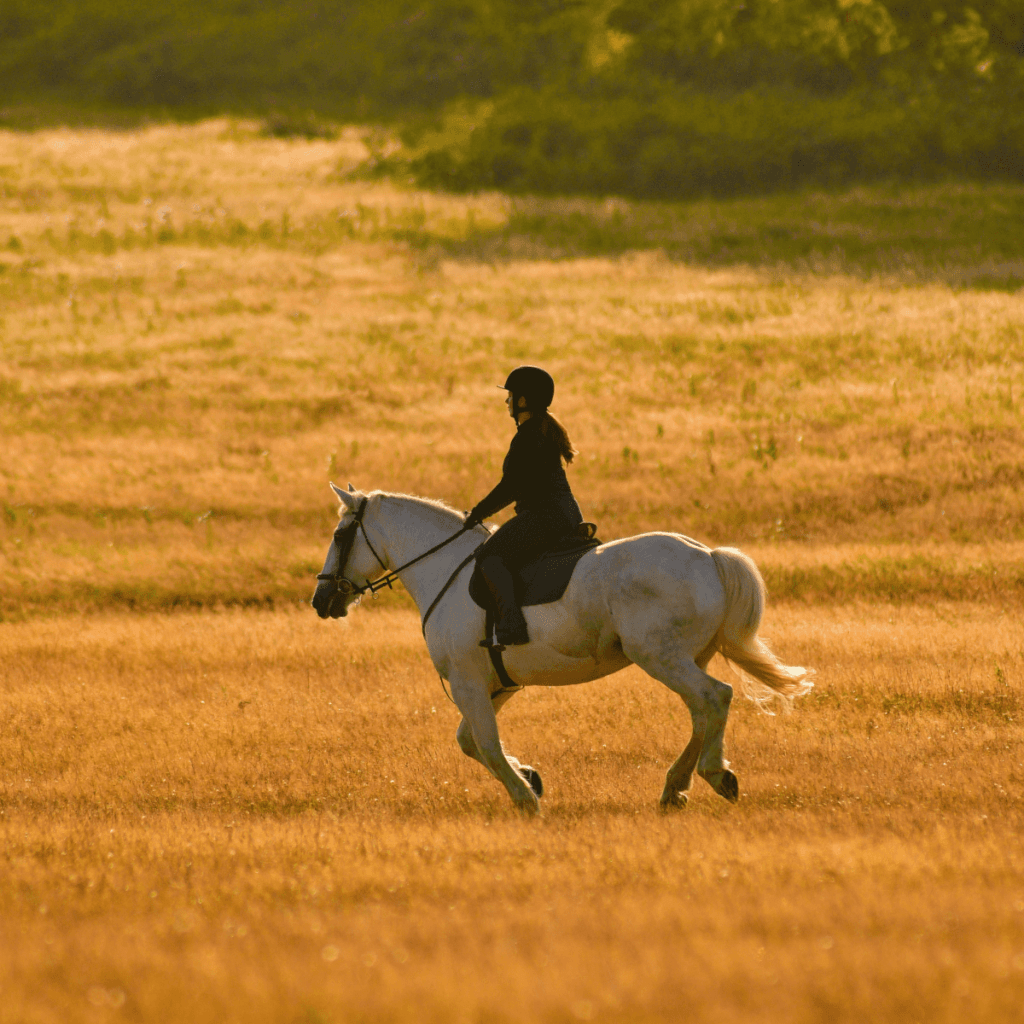Training the Young Horse: A Gentle Approach
Training a young horse is an exciting and rewarding experience, but it requires patience, understanding, and a gentle approach to ensure the horse’s well-being and long-term success. A young horse, whether it’s a weanling, yearling, or just starting under saddle, is still learning to trust humans, understand basic commands, and develop the physical skills needed for riding or driving.
1. Establishing Trust from the Start
The most important step in training any horse, especially a young one, is to establish trust. Before jumping into riding or specific training exercises, spend time getting to know the horse. Approach the horse calmly and confidently, allowing it to get used to your presence. Let the young horse sniff you, and gently pet it on the neck or shoulder to build rapport.
How to Build Trust:
- Approach the horse slowly, using calm body language.
- Avoid sudden movements or loud noises that might startle the horse.
- Spend time with the horse daily, even if it’s just for grooming or leading exercises.
- Offer treats or rewards for positive behavior, but only when the horse is calm and relaxed.
By establishing trust early on, you’re creating a relationship where the horse feels safe and is more likely to respond positively to your cues.
2. Introducing Groundwork
Groundwork is the foundation for any future training and is essential in preparing a young horse for being ridden or driven. Groundwork involves teaching the horse basic commands, such as halting, leading, and moving forward. It’s also about teaching the horse to yield to pressure and become more responsive to your cues.
Key Groundwork Exercises:
- Leading: Teach the young horse to walk beside you calmly on a lead rope. Make sure to keep the rope slack so the horse doesn’t feel restricted.
- Desensitization: Gradually introduce the horse to different objects, sounds, and environments. This helps the young horse become accustomed to things like saddles, blankets, ropes, and even other animals.
- Lunging: Use a round pen or lunge line to teach the young horse to move freely in circles. This helps with basic movement and balance while also reinforcing the idea of responding to voice commands and body language.
- Standing still: Teach the horse to stand still and be patient. This is important when preparing the horse for being saddled, mounted, or handled by others.
Always use positive reinforcement during groundwork. Reward the horse for responding correctly with a soft voice, a treat, or a gentle rub. Be patient, and avoid using force or punishment, as this can lead to fear or resistance.
3. Introducing Tack and Equipment Slowly
Introducing tack to a young horse should be done gradually and with care. The first few times the horse wears a saddle or bridle, it may feel uncomfortable or intimidating. It’s important to avoid rushing this process.
Steps to Introduce Tack:
- Start with the basics. Introduce the bridle and saddle without the intention of riding at first. Let the horse sniff the tack and get used to the feel of it on its back.
- Begin by gently placing the saddle pad on the horse’s back and allowing it to adjust to the sensation. Once the horse is comfortable with that, you can add the saddle itself.
- Slowly attach the bridle, allowing the horse to accept the bit without stress. If the horse resists, back off and try again later, taking care not to force it.
- Ensure that the tack fits properly. Ill-fitting equipment can cause pain or discomfort and should be avoided.
During this process, keep your sessions short and positive. Reward calm behavior, and give the horse plenty of time to adjust to the new sensations.
4. Starting Under Saddle: Taking it Slow
Once the horse is comfortable with groundwork and tack, it’s time to begin under-saddle training. This is a delicate process that should be done gradually, with the horse’s physical and mental development in mind. Rushing the process can lead to physical strain or emotional setbacks.
Key Principles for Starting Under Saddle:
- Walk before you trot: Begin by riding at a walk, allowing the young horse to get used to the weight and movement of a rider. Don’t rush into trotting or cantering until the horse is comfortable at a walk.
- Focus on relaxation: The goal is to help the young horse relax and trust you while carrying a rider. Avoid putting too much pressure on the horse in the early stages.
- Use clear, consistent aids: Be clear and consistent with your leg and rein aids. A young horse may not yet understand the cues, so repetition and gentle reminders will help.
- Keep sessions short and sweet: Don’t overwhelm the young horse with long training sessions. Short, focused sessions of 15–20 minutes are ideal, gradually building the horse’s stamina and understanding over time.
Patience is key here. A young horse’s muscles and bones are still developing, so keep your training gentle and take breaks often to prevent injury.
5. Positive Reinforcement and Consistency
The young horse is learning new things every day, so consistency is important. Use the same cues, routines, and rewards so that the horse understands what is expected of it. Positive reinforcement, such as praise, treats, and a calm, confident demeanor, will encourage the horse to repeat the desired behavior.
Be Consistent with:
- Training schedule: Try to work with the horse regularly (ideally daily or several times a week), so it learns routine and structure.
- Cues and commands: Use the same words or signals for specific actions so the horse doesn’t get confused.
- Patience and calmness: Always stay calm and patient, especially if the horse makes a mistake or seems confused.
6. Keeping Sessions Fun and Positive
Training should be an enjoyable experience for both you and the young horse. If the horse associates learning with positive experiences, it will be more motivated to engage with you in the future. If something doesn’t go well, don’t become frustrated. Simply return to a task the horse is comfortable with, and build up to more challenging exercises.
Ways to Keep Training Fun:
- Vary your exercises to keep things interesting.
- Introduce new challenges slowly and at the horse’s pace.
- Celebrate small successes to keep both you and the horse motivated.




